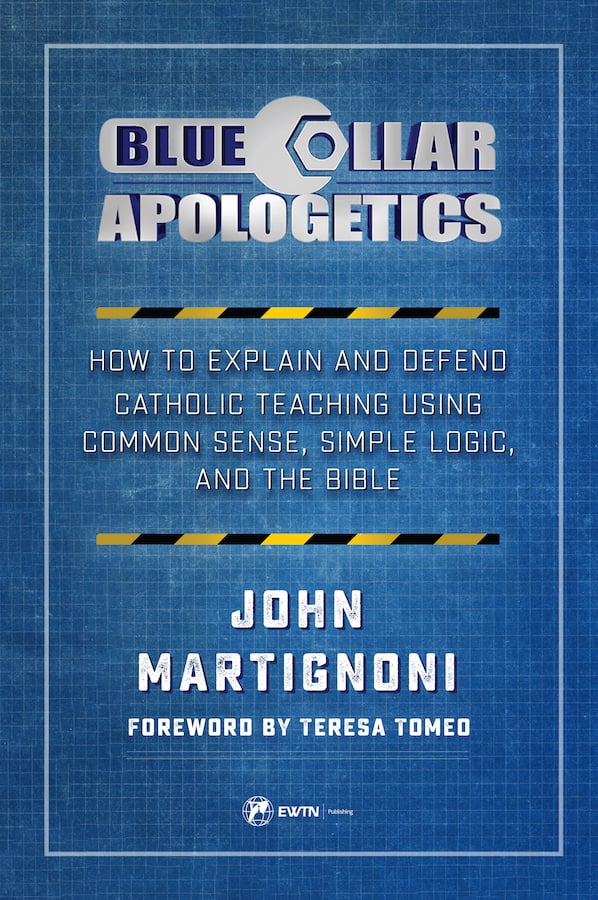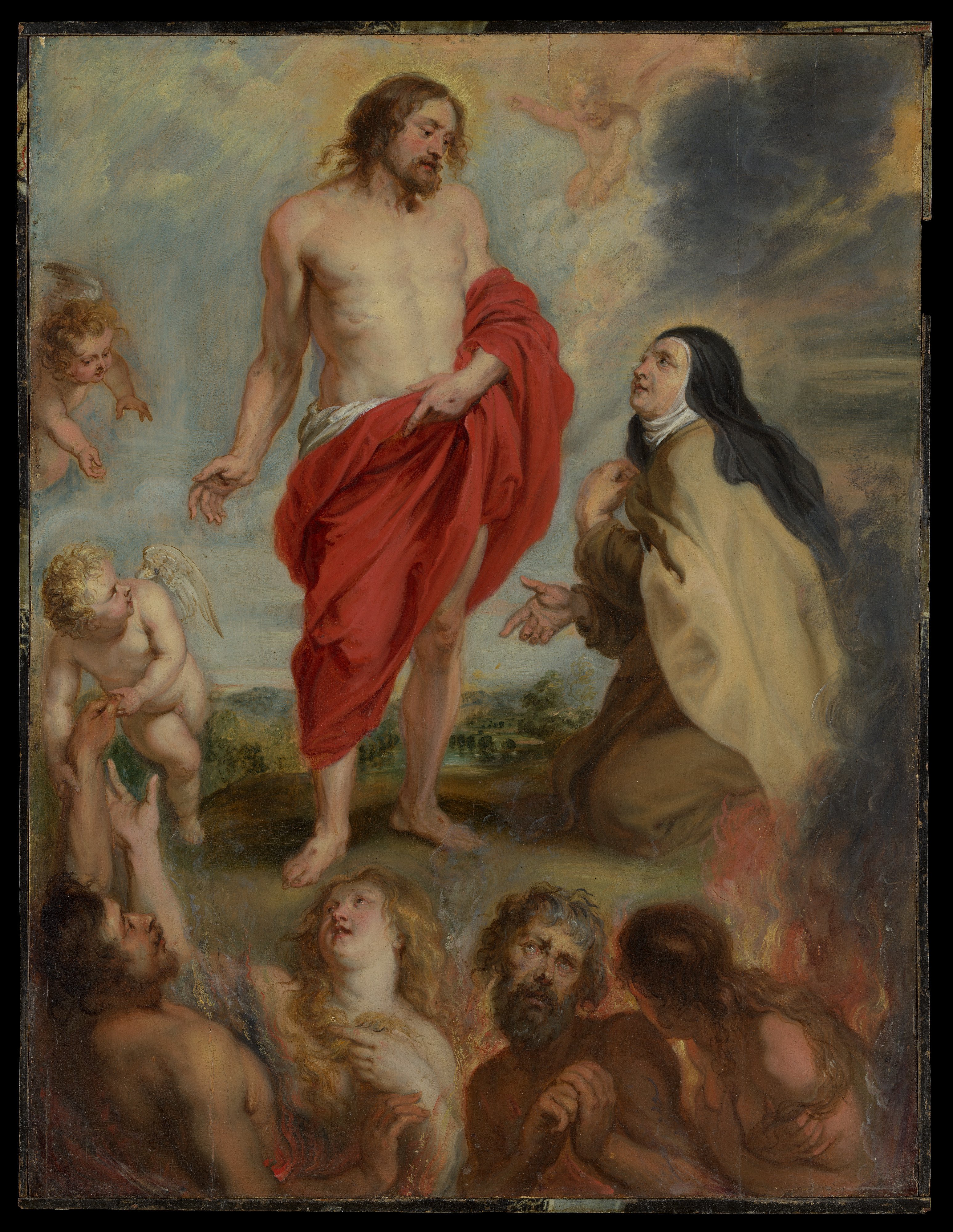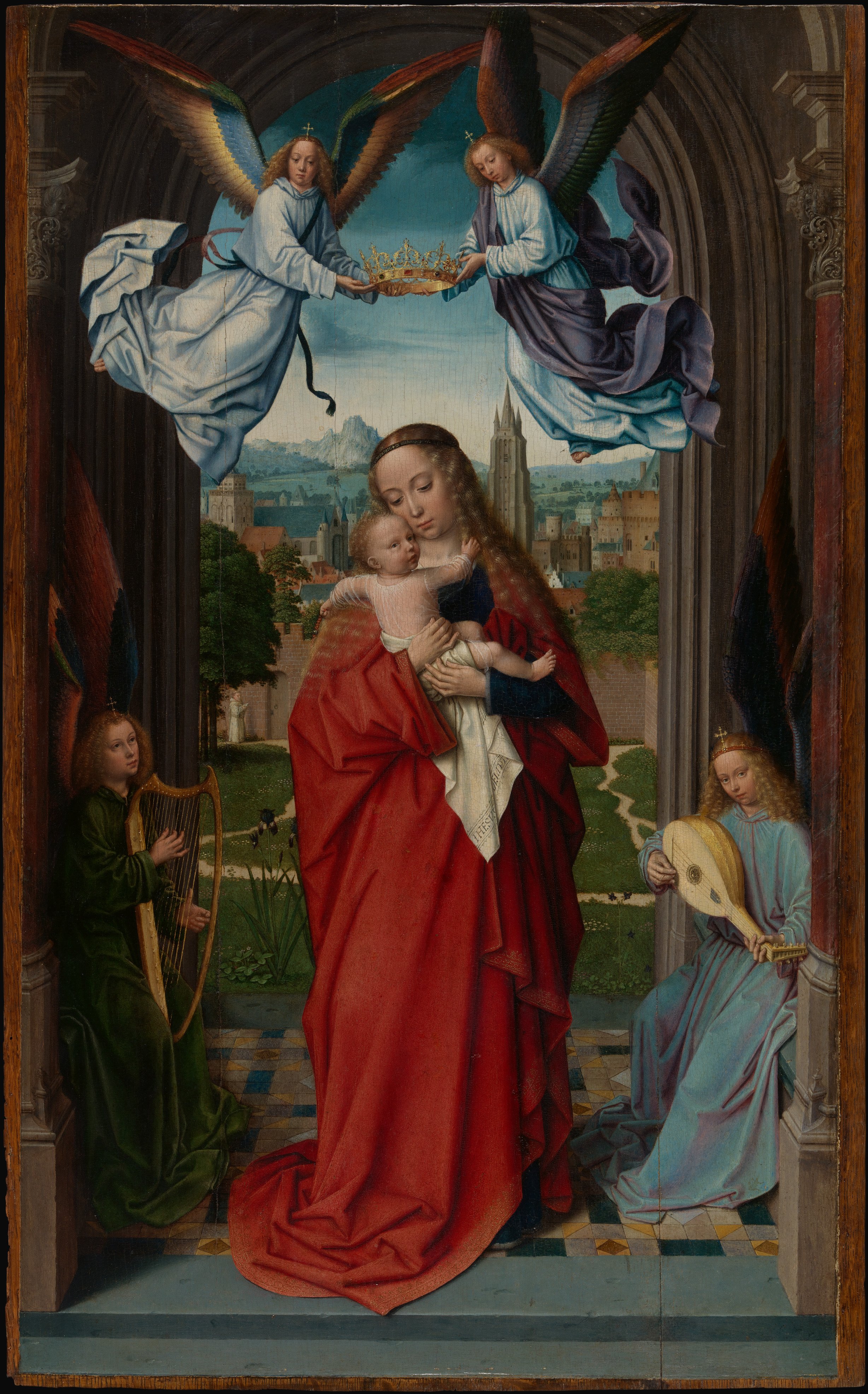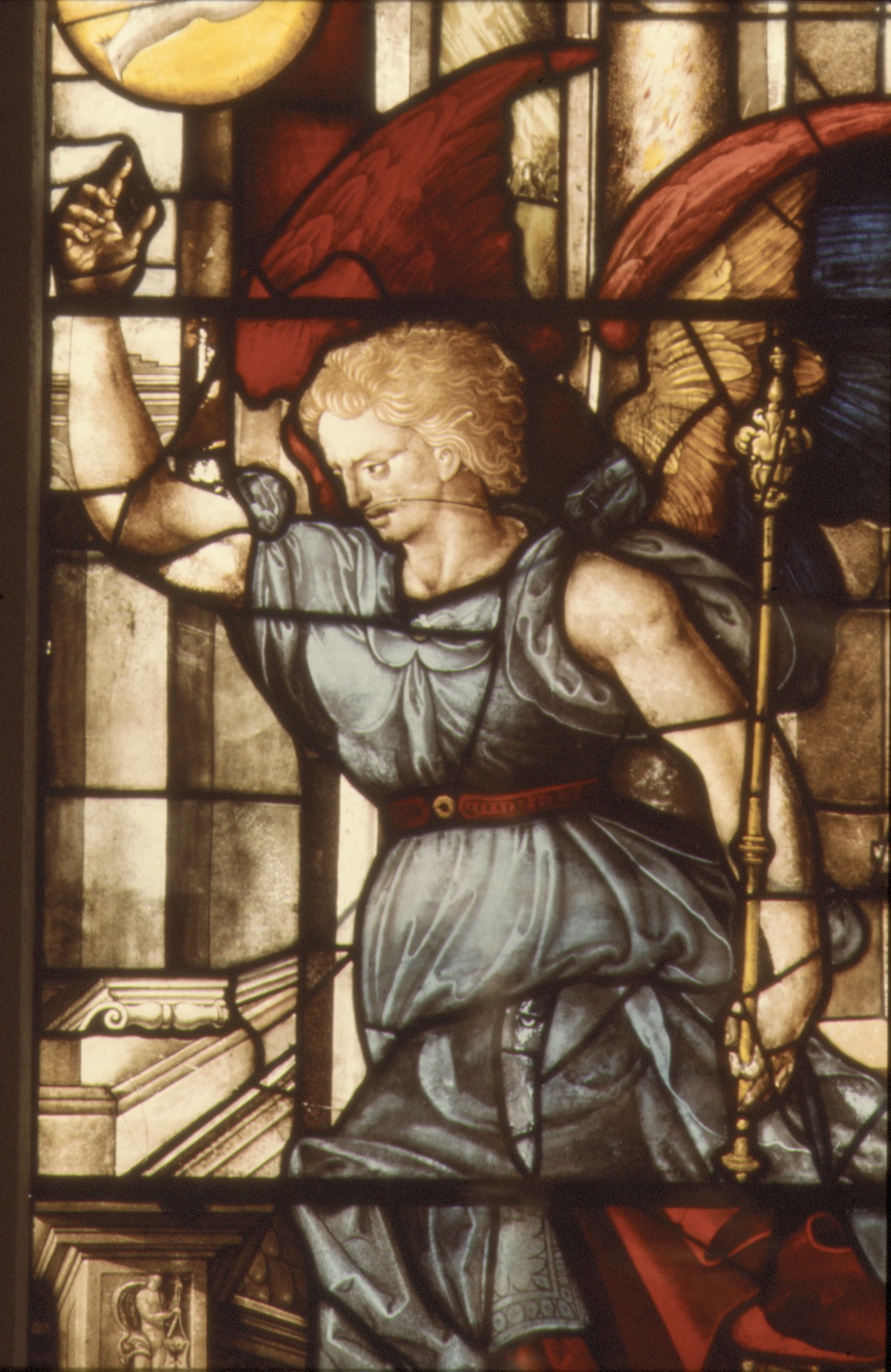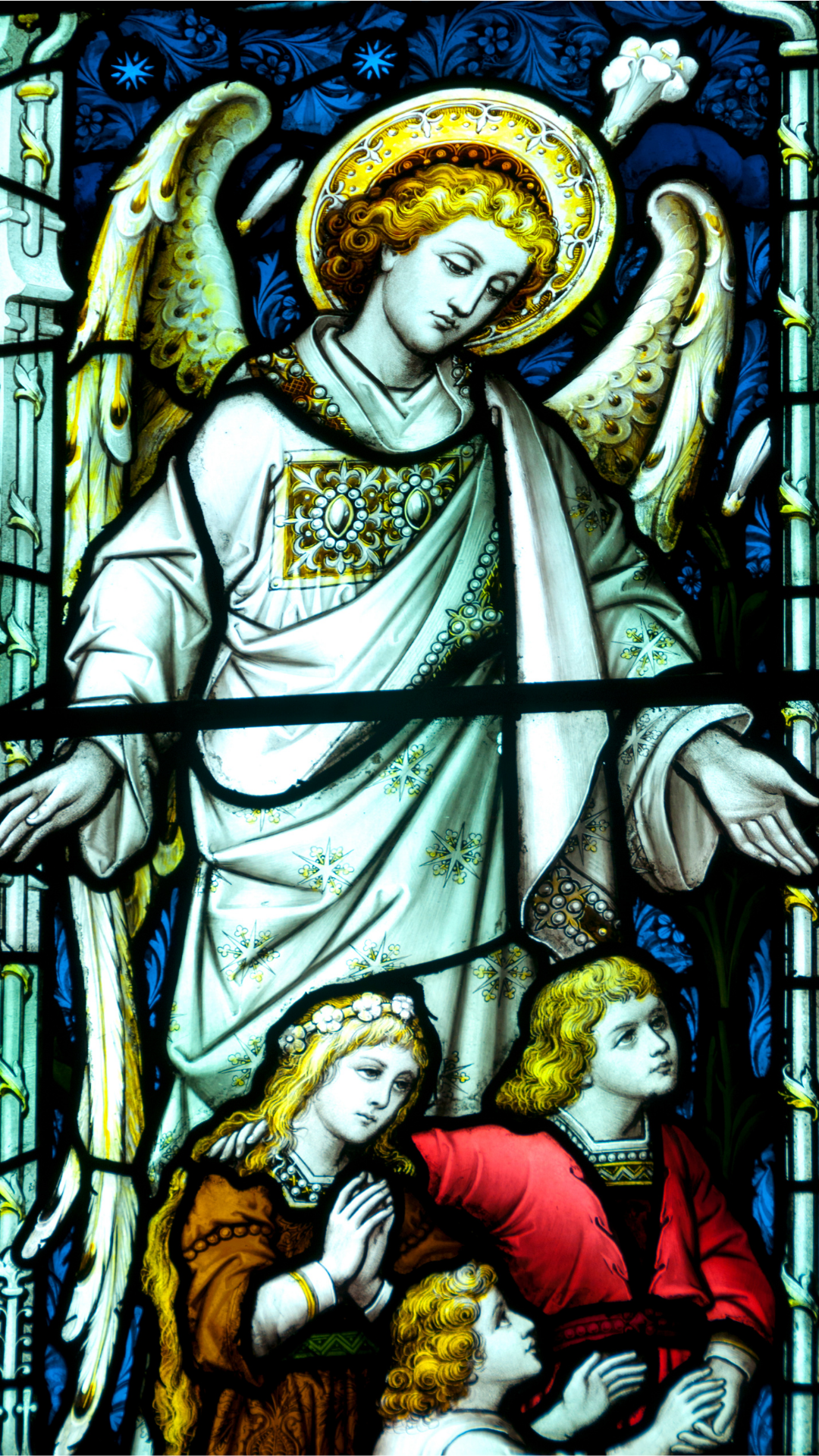In high school I read a historical fiction novel by Michael Shaara about the battle of Gettysburg. I don’t recall the lines verbatim, but there is an exchange between two characters that has always stayed with me. One soldier quotes a line from Shakespeare's Hamlet: "What a piece of work is man ... in action how like an angel!" His companion, in a dry tone, responds that if man is an angel, then he is a murdering angel. (Hence the title of the book, The Killer Angels.)
It does seem that at times man is capable of tremendous acts of sacrifice, virtue, and goodness—even comparable to an angel. Yet, there are seemingly as many examples of man committing heinous atrocities like brutal violence, rape, and sacrilege—much like a devil.
Both of these extremes of goodness and evil are present in Immaculée Ilibagiza’s biography, Left to Tell, which tells of her experiences during the Rwanda genocide in 1994. The book is gripping and astonishing.
Sadly, Rwanda’s history—like many African nations—was altered for the worse due to the colonizing interference of outside countries. Rwanda was composed of three tribes: a Hutu majority, Tutsi minority, and a small number of Twa (forest dwellers). Originally, Rwanda enjoyed many years of peace under a monarchy, ruled by a Tutsi king. However, German and then Belgian colonists purposely altered Rwanda’s social structure for their own personal benefit.
Pinning the tribes against each other, the Beglians promoted the minority Tutsi aristocracy, providing them with a better education so they could run the country well … thereby earning more money for their Belgian rulers. The Belgians distributed identity cards as a way to distinguish between tribes. The Hutus grew resentful, an anger that perpetuated through the future generations.
When the Tutsis sought independence from Belgium, the Belgians turned against them, supporting a Hutu revolt in 1959. The revolt overthrew the monarchy and killed many Tutsis (more than 100,000). This was just the beginning. In 1962 Belgium officially left Rwanda, leaving a Hutu government in control, which continued the persecution of Tutsis.
Immaculée and her family belonged to the Tutsi tribe, although, as a child, she was unaware of any such differentiation. Her parents, faithful Catholics and leaders in their community, welcomed everyone into their home and extended a helping hand to those in need, regardless of tribe. In reality, very little separated a Hutu from a Tutsi. Due to intermarriage, their physical features often appeared identical. They spoke the same language and shared a common history and culture.
Nevertheless, as Immaculée grew, the discrimination against Tutsis began to affect her life in a more direct manner. The Rwandan government had an “ethnic balance” plan to ensure that the Hutus received a better education. So although Immaculée finished second in her eighth grade class, she did not receive a scholarship to high school, due to her being a Tutsi. Her parents had to make a significant financial sacrifice to afford her continued education.
Things escalated in October 1990 when Rwanda was attacked by a group of Tutsi soldiers (called the Rwandese Patriot Front, or RPF). These soldiers had been living in neighboring Uganda. Grown children of previous Tutsi refugees, they sought to return to their home country. Fighting spread and continued, on and off for years, in the north of the country between these Tutsi rebels and the Rwandan government soldiers.
Meanwhile, in local communities, radical groups sprang up. The President of Rwanda encouraged the formation of these Interahamwe, meaning “those who attack together.” The Interahamwe attracted homeless teens, many of whom were drug addicts, and became a Hutu-extremist militia.
While away at university one day, Immaculée received an urgent message from her father, imploring her to return home. She had originally planned to wait until Easter break, but decided to answer her father’s request and arrived home early, armed with books for continued study. Immaculée joined her parents and two brothers for what seemed like a regular family dinner at home. Yet, after the jokes and shared stories, her older brother, Damascene, broke out:
“No, I’m not imagining things,” Damascene said, getting to his feet and speaking with urgency. “And that’s not all I saw. They have a list of names of all the Tutsi families in the area, and our names are on it! It’s a death list! They are planning to start killing everyone on the list tonight!”
Immaculée was troubled, but her father reassured them that such news was being exaggerated and people were overreacting. However, unbeknownst to them at the time, that was their last family dinner together. The next morning news reports informed the citizens of Rwanda that the President was dead, his plane having been shot out of the sky. The radio announced:
“Stay in your homes. It is forbidden to travel. Only military personnel will be allowed in the streets. Do not go outside. Public transportation has been suspended. Do not leave your homes!”
The date was April 7, 1994 and the genocide had begun. With it came evil of such magnitude, it’s hard to even comprehend.
Local radio stations immediately encouraged Hutu citizens to grab a machete and kill any Tutsi neighbors, no questions asked. Government officials even handed out machetes at gas stations and the militia went door-to-door, delivering guns and grenades.
The country came to a grinding halt: all phone lines down; businesses, stores, and schools closed; public transportation ended … all done so that every person could pour every effort toward the goal of wiping out the Tutsi population.
The radio further instructed the Tutsis to seek refuge at churches and stadiums. However, this was just a ruse: these became places of mass killings, as Hutus attacked the sites, burning the people alive inside and shooting anyone who attempted to escape.
 |
| Ntrama Church Altar, where over 5,000 people seeking refuge were killed |
Immaculée describes the Interhamwe as they scoured her neighborhood, seeking Tutsis to kill:
Hundreds of people surrounded the house, many of whom were dressed like devils … They whooped and hollered. They jumped about, waving spears, machetes, and knives in the air. They chanted a chilling song of genocide … These were my neighbors, people I’d grown up and gone to school with—some had even been to our house for dinner.
The evil directly attacked Immaculée’s family, who were all brutally and savagely murdered. The genocide continued for three whole months and claimed the lives of almost one million Rwandans.
And yet, through God’s grace, even in the midst of such profound darkness and pain, Immaculée found a way to find light and goodness.
The day the genocide began, Immaculée’s family, concerned what the Interahamwe would do to her (they were known to rape women before killing them), sent Immaculée to a nearby Hutu pastor’s house. For ninety-one days she, along with seven other women, hid in the pastor’s bathroom.
The conditions these women endured are astonishing. The bathroom was four feet long and three feet wide. Near the ceiling was a small air vent. The women couldn’t flush the toilet unless the bathroom toilet on the other side of the wall was being used. There wasn’t enough space for them all to sit on the floor, so the tallest women sat with the shorter ones on top of them. Every twelve hours they would stretch, but aside from that, they stayed in the same position day and night. The women remained completely silent, communicating only via sign language. They became emaciated, surviving only on the scraps the Pastor brought to them.
And yet, in this unlikeliest of places and such trying circumstances, Immaculée experienced a profound deepening in her relationship with God. He became her refuge. That tiny bathroom became a sanctuary for her soul.
Even as my body shriveled, my soul was nourished through my deepening relationship with God.
Immaculée centered her entire day around prayer. After awakening, she would begin prayers of thanksgiving—for the Pastor who took them in, for the life she still had, for her faith. Then she prayed the rosary, using the beads her father had given to her when saying goodbye. She spent hours meditating on Bible passages, or sometimes even a single world like “hope.”
God stayed with her and protected her. When the Interahamwe searched the Pastor’s house, they originally bypassed his bedroom, thus sparing the women. The killers vowed to return though and God gave Immaculée a vision of a wardrobe, pulled in front of the bathroom door, thus shielding their hiding place.
While war waged outside of the bathroom, at times it waged inside of Immaculée’s soul as well. She clung to God because there were moments she was tempted to despair due to direct attacks from the devil within the interior of her soul.
I realized that my battle to survive this war would have to be fought inside of me. Everything strong and good in me—my faith, hope, and courage—was vulnerable to the dark energy. If I lost my faith, I knew that I wouldn’t be able to survive. I could rely only on God to help me fight.
Her greatest struggle was being able to forgive the people committing the genocide—those who had killed her own beloved parents and brothers. The devil taunted her as she called on God, mocking the hatred she had in her own heart and condemning her for her desire to destroy those who destroyed her family. Immaculée at first couldn’t comprehend how she could forgive these killers. She listened as, outside the window, the Interahamwe killed a young mother and left her baby alone, wailing the whole day, until the child’s cries weakened and then stopped, presumably dead. Who could forgive someone callous and dreadful enough to commit such deeds? Yet God spoke to her in prayer:
You are all my children … and the baby is with Me now.
Immaculée began to view the killers as children, children hurting others without thinking, hurting themselves in the process. She began to pity them and to forgive them.
Their minds had been infected with the evil that had spread across the country, but their souls weren’t evil. Despite their atrocities, they were children of God, and I could forgive a child, although it would not be easy.
Left to Tell is a story of a genocide and it’s a sombering look at the egregious deeds man is capable of committing. Yet, I don’t think Immaculée would want readers to walk away from her autobiography with only that message in their heart. It is, ultimately, a story of goodness: God’s goodness that triumphs over evil, that loves and protects. Even though Immaculée lost her family members in the genocide, God gave her a vision of them, joyful in heaven. God took care of them, too. Immaculée cooperated with God’s grace and emerged from an unthinkable experience stronger in her faith with forgiveness in her heart, breaking the cycle of hatred that perpetuates persecutions and genocides.
God is taking care of me and you as well. Like Immaculée, we need to cling to Him and stay as close as possible through prayer. God will give us the strength to resist our temptations, forgive those who hurt us, and grow in love if we lean on Him. He will be our shelter, if we allow Him.
